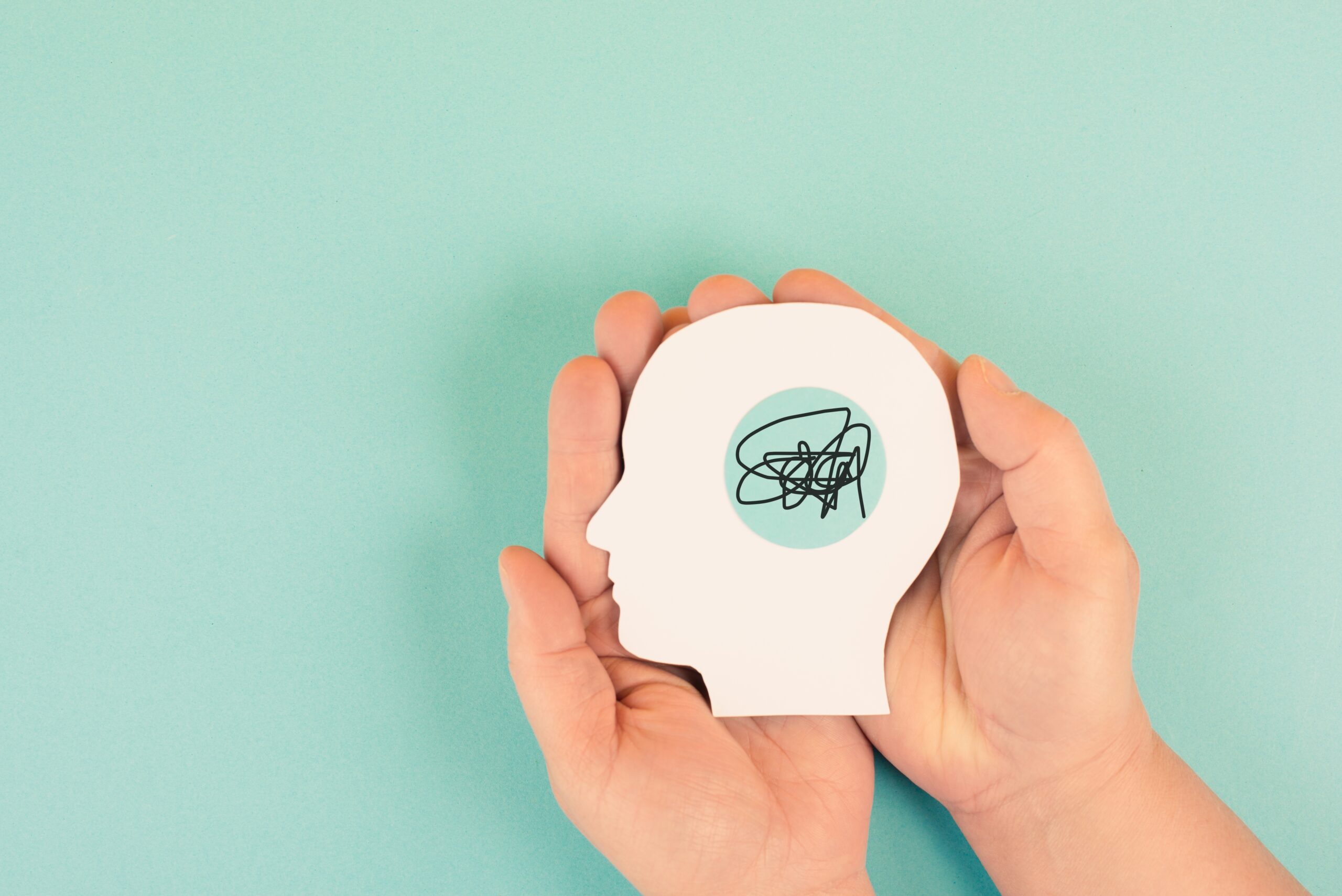Each month, we interview a human factors expert to get their take on the Human Factors and User Experience industry. In this month’s installment, Russ talked with Sarah Blair, Lead Usability Engineer at Minnetronix…
Russ: How did you get your start as a Usability Engineer?
Sarah: I joined Minnetronix right out of graduate school in the Project Quality department. At the time, we had one Usability Engineer. Given increasing interest from clients and the FDA in User Centered design, she was pretty busy, so I soon transitioned to Usability. Fortunately, Usability Engineering turned out to be a natural fit for me, and I’ve enjoyed learning through mentorship, course work, and hands-on training through the years. When the lead engineer moved on, I became head of the department and have worked over the years to expand and grow our capabilities.
I think it’s hard for anyone coming out of school to know all the possibilities when choosing a career. Fortunately, I found a working environment that helped me develop my skills and find the right path.
Russ: Having a PhD in Materials Science, what steps did you take to cross-over into Usability? How did you do it?
Sarah: I was very fortunate in that Minnetronix provides a uniquely flexible environment for career growth. We work hard to help employees explore different options, and my managers have been extremely supportive. I’m a person who learns by doing, and so jumping right into testing and design with the help and guidance of a mentor was perfect. Usability requires a unique skill set – a mix of engineering capabilities as well as an understanding of design and human nature. Although my PhD was in Material Science, I attended a liberal arts college and studied an odd mix of physics and art. In the end, everything seemed to come together in device design.
Russ: For our HF graduate students out there, what are some of the qualities and skills that you look for when hiring a usability professional?
Sarah: I highly value the ability to bridge the gaps between end users, clients, and engineers. Being able to navigate and manage the often-conflicting needs of these groups can be a challenge, and often the Usability Engineer is the only person on the team who is exposed to all three viewpoints. In an organization largely comprised of engineers, I like to look for people who have a strong technical background, can “speak the language”, and can understand the practical limitations of design. I also look for individuals who are current on best practices in testing and reporting, are effective and open communicators, have good observational skills, and display creative problem solving.
Russ: What are some of the biggest challenges that you’ve seen recently within Usability/Human Factors industry? What are some ways that we can overcome those challenges?
Sarah: When I started in medical devices about 10 years ago, we were spending most of our time teaching clients what Usability is. We had to convince them that performing testing was valuable, important, and critical to patient safety. Now, most clients come to us already informed and enthusiastic about Usability, but with very little appreciation for the scope and rigor involved. It’s especially difficult to get buy-in on good iterative design with short timelines, tight budgets, and the challenges of testing coordination and recruitment. I am always on the lookout for new and creative methods for rapidly generating high-fidelity prototypes and techniques for simulating use environments. I would also love to find ways to more effectively reach out to the medical community, especially physicians, for study recruitment.
Russ: Tell us about the Usability ecosystem in Minneapolis? What’s new and/or exciting about it?
Sarah: The Twin Cities area is a hotbed of medical device design. The range of companies that are here, from small startups to the biggest players in the industry, make for an exciting environment, and the local human factors community is very welcoming and close-knit. I’ve learned a great deal from a variety of outside consultants, Usability teams at larger companies, and designers with some of the great ID firms here in town.
 Dr. Sarah Blair, Lead Usability Engineer, Minnetronix
Dr. Sarah Blair, Lead Usability Engineer, Minnetronix
Sarah Blair received her MS and Ph.D. in Materials Science and Engineering from the University of Wisconsin-Madison. Her thesis work revolved around designing novel instrumentation for gene synthesis, which led to an interest in medical device instrumentation. Sarah joined Minnetronix in 2007 after completing her advanced degrees. She worked as a Quality Engineer for three years developing and executing tests for new devices and during this time also began training in human factors. Sarah transitioned to the Usability Group in 2011 and is currently the Human Factors Lead at Minnetronix. She has worked on over fifteen unique projects there, including those involving electrical stimulation devices, perfusion systems, cardiac ablation systems, patient worn devices and more. Sarah’s skill set includes performing and documenting user research, collaborative design of custom user interfaces, rigorous standards-based usability testing, and flexible scope management.




